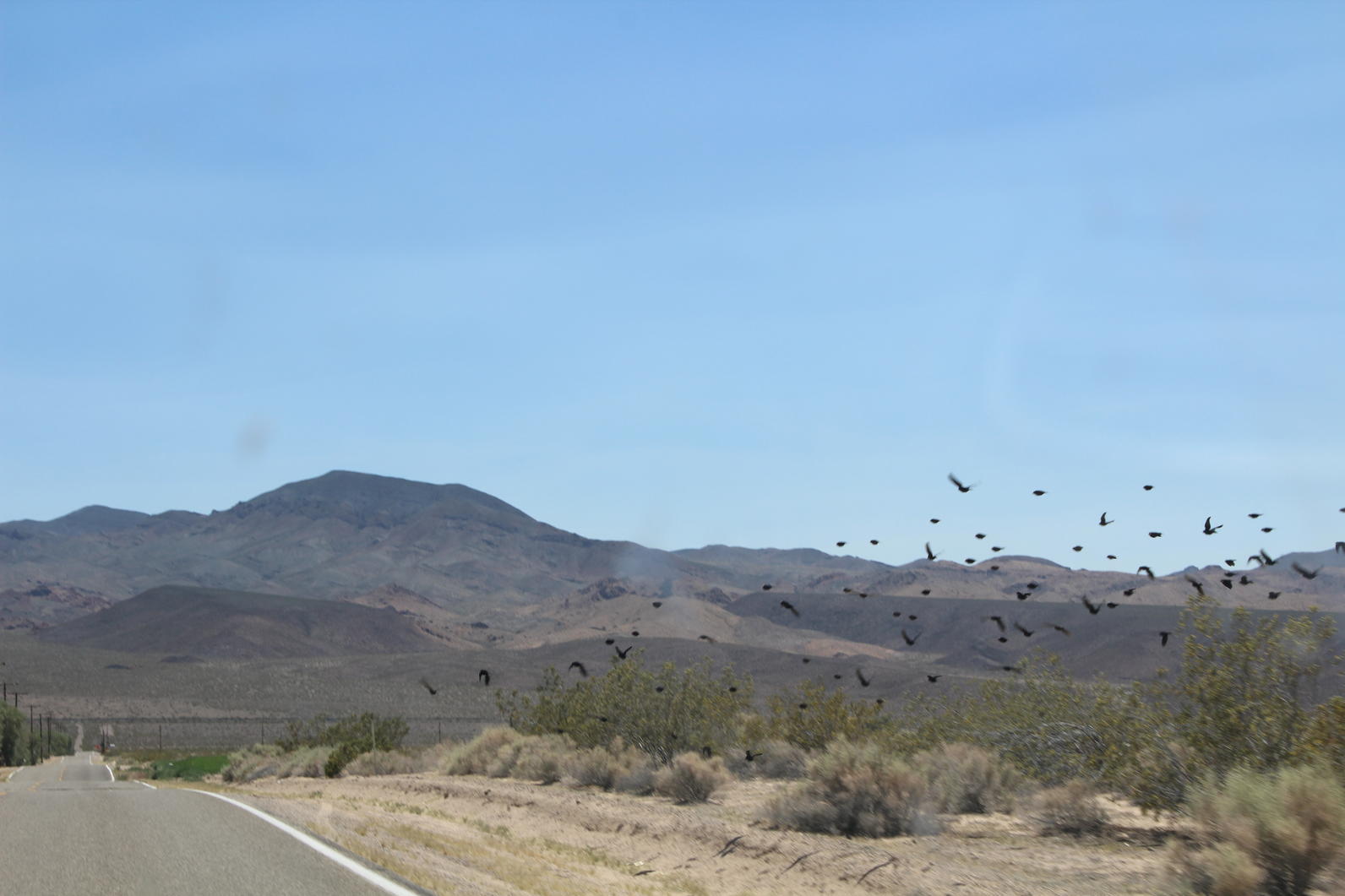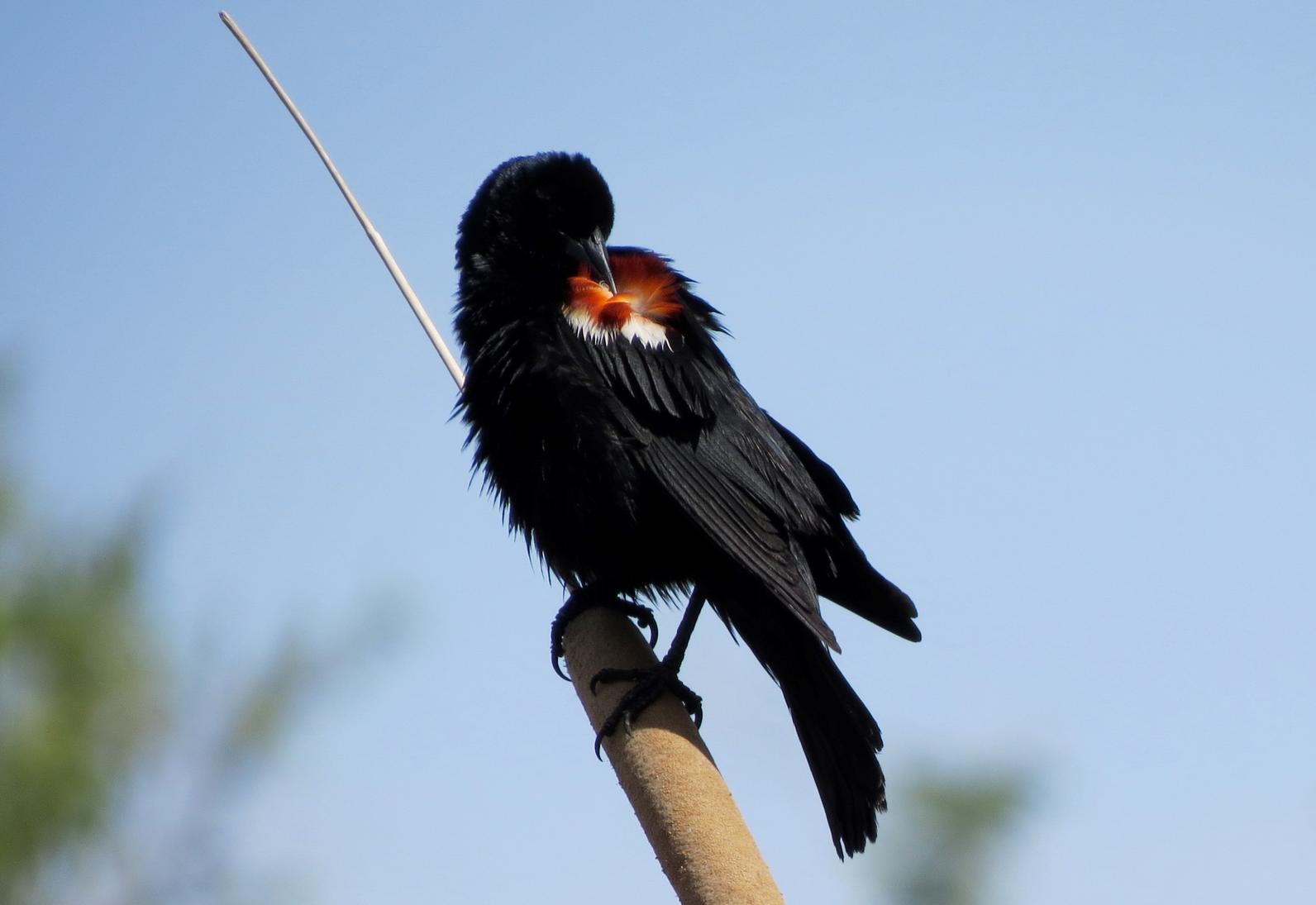
It’s pretty incredible what you can accomplish just by being brave enough to start up a conversation with a stranger. Dave Goodward of San Bernardino Valley Audubon Society learned the power of community building when he knocked on a door in Newberry Springs belonging to Charles and Gwen Patrick, founders of the non-profit Foundations for Future Generations.
The Patricks and Dave recall the encounter between laughs, “I had gotten fed up with trying to get rid of these cattails and had a can of herbicide in my hand when I heard a knock at the door.”
The couple had planned to clear and manage the 1/2 acre pond for a recreation program focused on providing access to summer education and safe outdoor spaces for youth in the community. Tricolored Blackbirds, their noisy but friendly seasonal visitors, had not been factored into the program just yet.
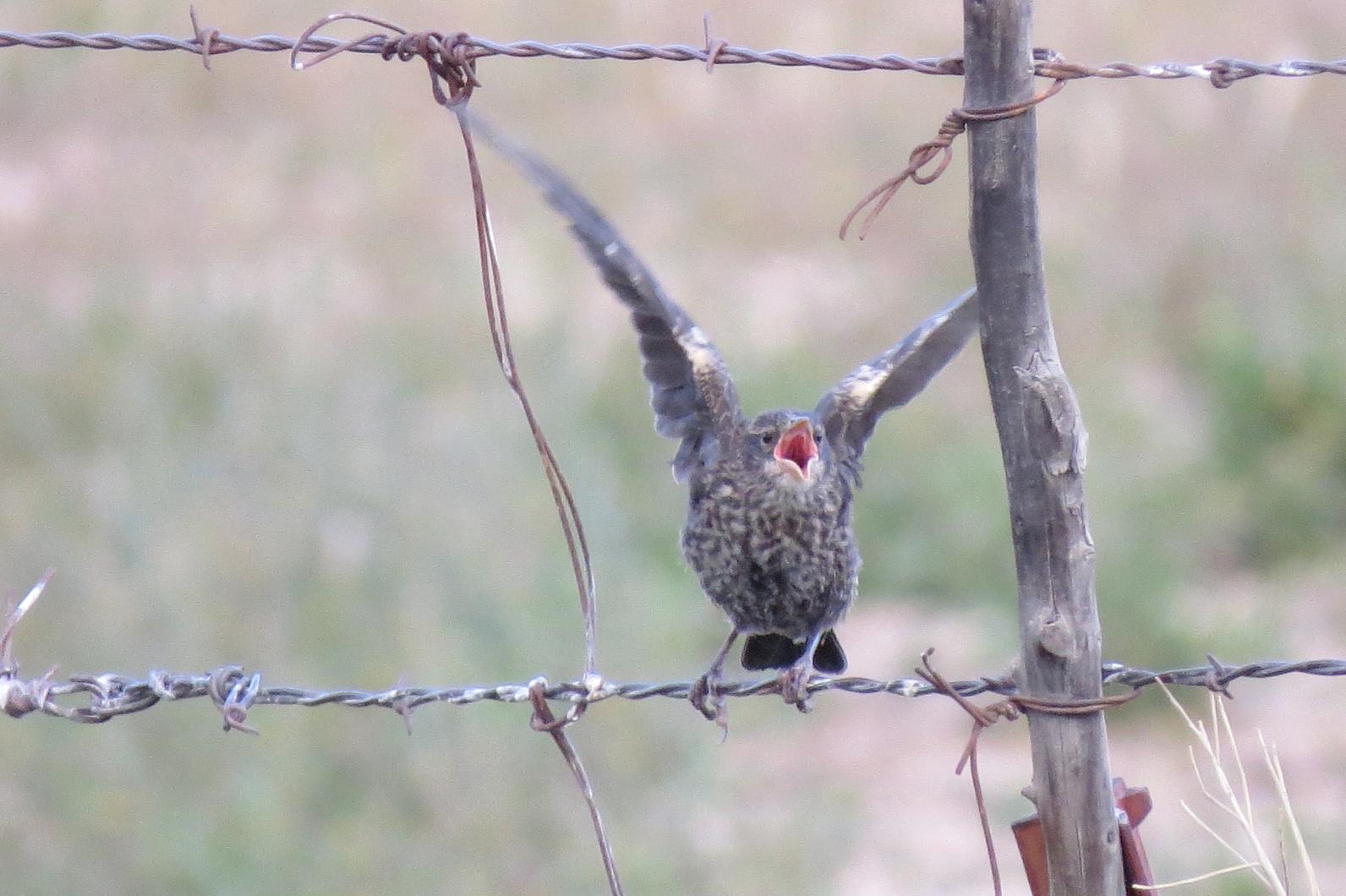
With binoculars slung around his neck, Dave informed the Patricks that the same pond, now overgrown with annoyingly vigorous cattails, was actually ideal Tricolored Blackbird habitat—a species vulnerable to extinction. He asked for permission to take a better look, and to his delight, saw evidence of a substantial colony.
The Tricolored Blackbird, which once numbered in the millions, lives almost entirely in California, and has long been of concern to conservationists. It is one of the last surviving colonial land birds, nesting in sometimes massive colonies of 20,000 or more individuals. Habitat loss and breeding colony disruption are considered to be the main causes of its decline. Now, Audubon California and various partners throughout the state work on a focused campaign to protect the species and reduce threats.
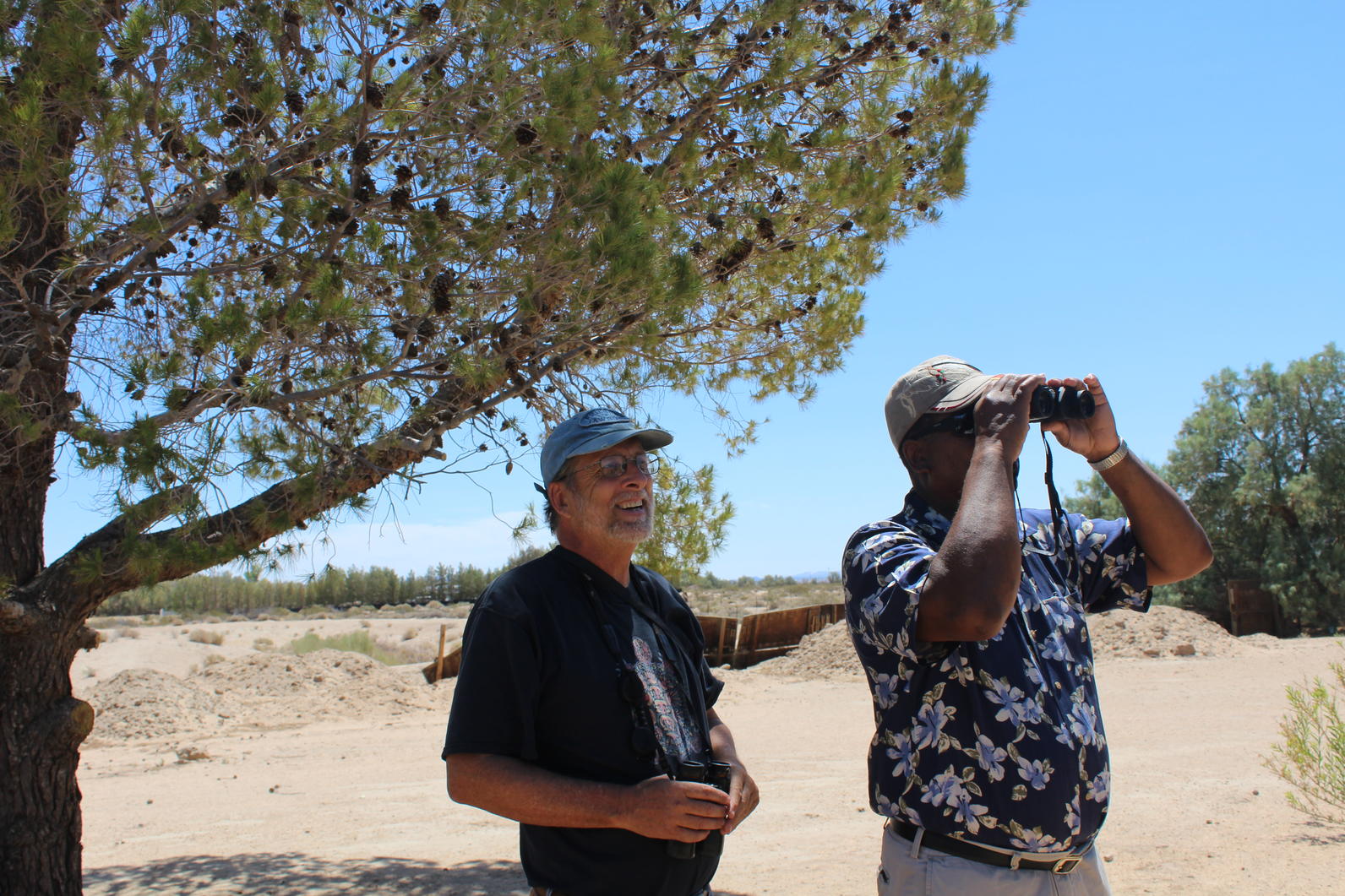
As the months passed a friendship formed which allowed for a partnership between Audubon California, San Bernardino Valley Audubon Society, and the Patricks to solidify. The goal of the collaboration has been to enhance the Patrick's pond for Tricolored Blackbird colonies (pond expansion, cattail control, water supply management), and to support a youth outdoor education program that now features Tricolored Blackbird natural history.
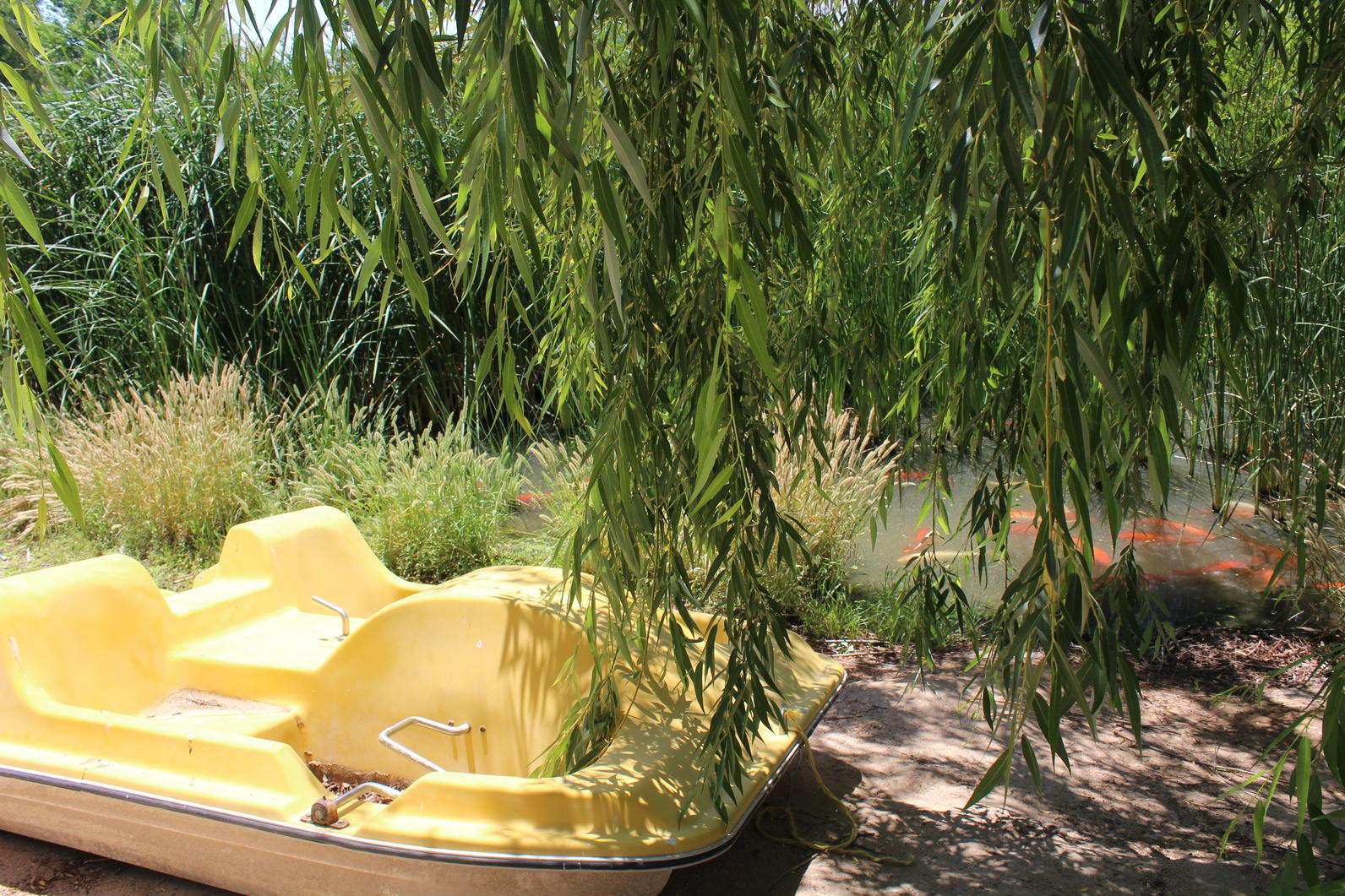
Tricolored Blackbirds have been seen nesting on the Patrick's property since they purchased it in 2012, and up to 700 birds were seen this season alone. Dave speculated that there must be more habitat in the area, and continued scouting and building relationships with other neighbors in the small Southern California town. To date, he has identified five properties that have viable Tricolored Blackbird habitat off agricultural land (alfalfa and pistachio groves), and four of those ponds have Tricolored Blackbirds—Dave also has a few new friends to go birding with.
“I never thought I could look at a bird and enjoy it for so long, but they're different every time you look at them,” one of the property owners, who may have a colony of 200 on her property, told me one hot day. She’s upgraded her binoculars since meeting Dave to get a better look.
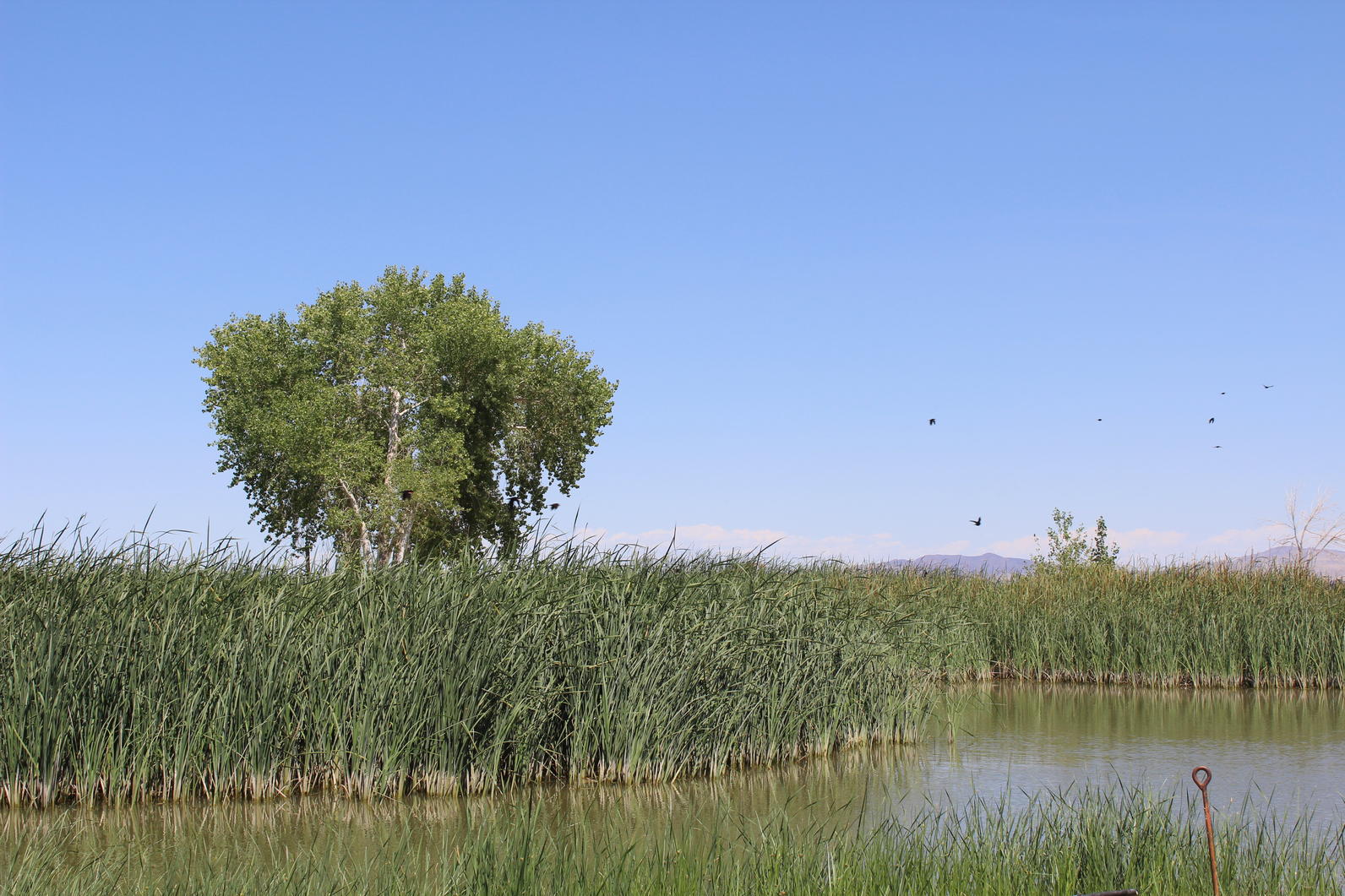
San Bernardino Valley Audubon Society continues to network in Newberry Springs, build relationships, and talk to local people about maintaining their ponds for the Tricolor's sake. This can sometimes be a hard sell as Tricolor Blackbirds nest over water in wetland habitat and in a drought, water is both difficult and expensive to come by. However, as more local people grow attached to the birds and their story, Audubon's objective to protect colonies by providing suitable habitat can eventually be met.
Would you like to voice your opinion to list the Tricolored Blackbird in the State Endangered Species Act? Submit your concerns HERE by June 1st.
